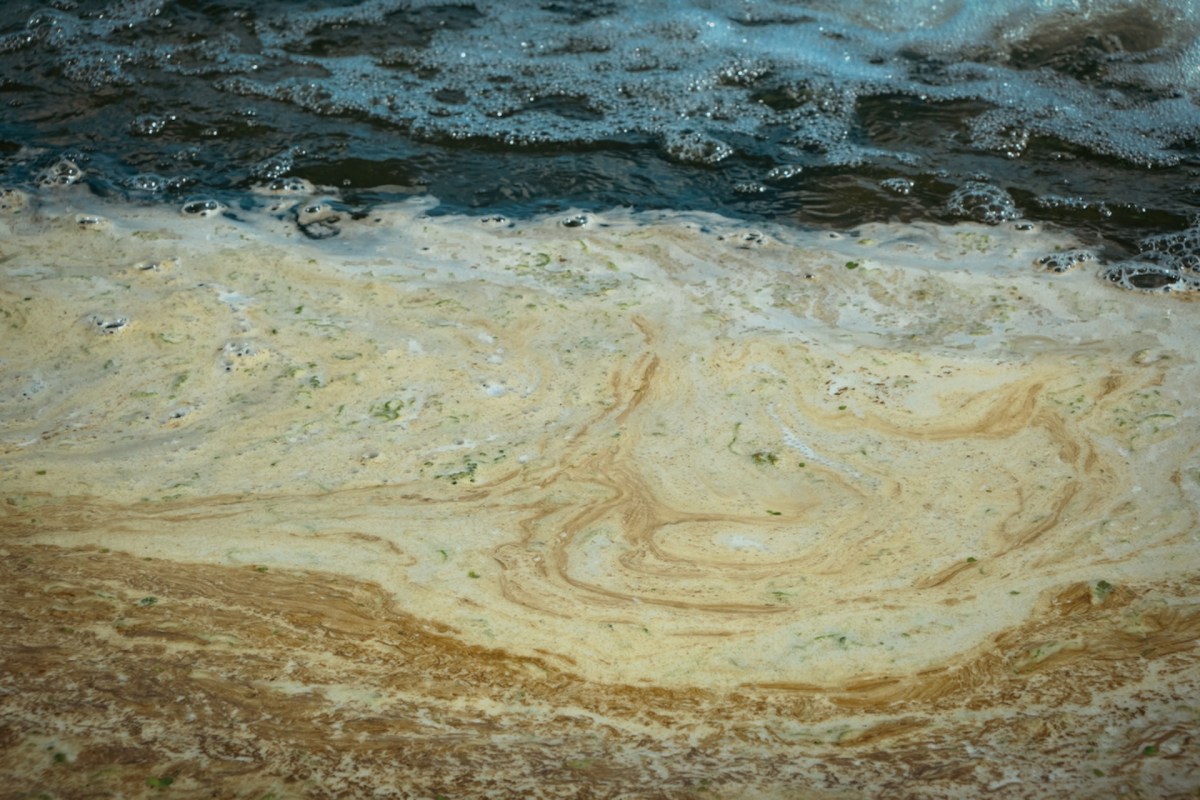A new study has revealed that raw sewage from Mexico appears to be doing more than just contaminating the water on the West Coast, and researchers are calling for further investigation into the matter.
What's happening?
In mid-February, NBC San Diego reported on the "environmental catastrophe" taking place, as more than 100 billion gallons of untreated sewage, industrial waste, and urban runoff have poured into the Pacific Ocean from Mexico's Tijuana River over the past five years.
San Diego State University's School of Public Health looked into the matter after the Prebys Foundation commissioned a report at Congressman Scott Peters' request.
The situation has caused more than 700 days of beach closures in Imperial Beach. This has prevented residents from enjoying outdoor community spaces, negatively impacting the local economy, and exposing lifeguards, United States Border Patrol agents, and Navy personnel to toxic pollution.
Why is this concerning?
In a press release, SDSU noted that communities near the U.S.-Mexico border, like Imperial Beach, already have a higher rate of exposure to pollution — gas-powered cars idling at border crossings is one of the contributing factors.
Worryingly, according to the researchers, who looked at more than 60 related studies as part of their analysis, the "highly toxic" contamination spilling into the water isn't contained there. Many of the pollutants have been linked to cancer.
"Contaminated air from the nearby Tijuana River outflows can possibly diffuse across the community of San Ysidro and Imperial Beach and enter homes, childcare centers, schools, and potentially increase the health risks of local community members without any direct water contact," they wrote in their report.
The situation has also raised fears that the sewage could reintroduce diseases and antibiotic-resistant bacteria previously eliminated in California, including during heavy rainfall events that "continue to overwhelm the systems on both sides of the border." These events are expected to grow in frequency and severity as a result of a changing climate, as noted by SDSU.
"There needs to be more research done to fully understand the extent of the risks posed by exposure to these dangerous contaminants," lead author Paula Stigler Granados, an associate professor at SDSU's School of Public Health, said in a release by the university.
What can be done about this?
Accurate data is a valuable asset when dealing with contamination crises, and SDSU's report advocated for further monitoring of the pollutants and their health impacts, as well as a coordinated effort among healthcare professionals, local organizations, government agencies, scientists, and partners in Mexico.
Voting for pro-climate candidates or getting involved in local initiatives are some ways to support these efforts.
"This study confirms what should be obvious, which is that San Diego's health and community well-being are being seriously and actively harmed by years of inaction on this issue," Prebys Foundation CEO Grant Oliphant said in the university press release. "The good news is that it is fixable."
Join our free newsletter for cool news and cool tips that make it easy to help yourself while helping the planet.









